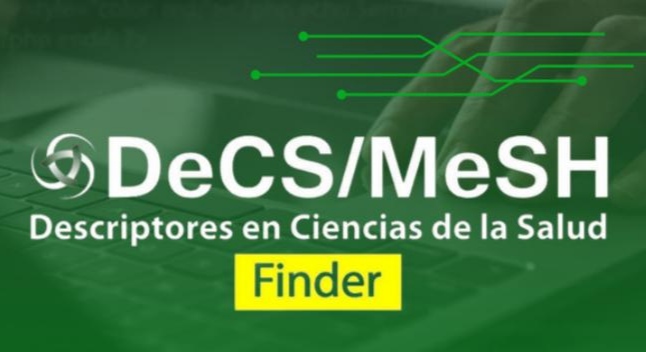Algunos aspectos epidemiológicos de otitis media aguda en menores de dos años
Keywords:
Otitis media, epidemiología, recién nacido, lactanteAbstract
Se realizó un estudio descriptivo retrospectivo con el objetivo de identificar algunos aspectos epidemiológicos de la otitis media aguda en los 60 niños menores de dos años que presentaron episodios de esta enfermedad en los consultorios médicos de la familia del área de salud, del Policlínico Docente "Noelio Capote", municipio Jaruco, durante el período comprendido desde el 1ro de enero de 1998 hasta el 31 de diciembre de 1998. La enfermedad fue más frecuente en los niños menores de un año y dentro de ellos los menores de seis meses, sexo masculino, procedencia urbana y con antecedentes personales de cuadros respiratorios a repetición.
Predominó en los antecedentes familiares los cuidados diarios en el hogar y el hábito de fumar en los convivientes, así como el uso de pacificador y el tiempo de lactancia materna menor de dos meses. Se sugiere realizar actividades de educación para la salud sobre los factores de riesgo de la otitis media aguda con la comunidad en general.
Downloads
References
Otología. En: Villar Suárez MS, Rodriguez Docal J, Fernández Molenio R, Cardoso Herrera G, Uriarte Gutiérrez M, Parro Yero T, et. Otorrinolaringología. Ciudad de la Habana: Pueblo y Educación; 1984. p. 45-80.
Otitis Media Aguda. En: Paparella MM, Shumrick DA Otorrinolaringología. Ciudad de la Habana: Científico Técnica; 1983; T 2. p. 1424-30.
Vhari M, Mantysaari K, Niemela M. A metaanalytic review of the factors for acute otitis media. Clinical Infections Diseases. 1996; 22 (10 ): 79-83.
Charles D, Bluestone MD. Surgical management of otitis media: current indications and role related to increasing bacterial resistance. Pediats Infect Dis J 1994; 13 (2): 1058-63.
Williamson IG, Dumleary J, Robison D. Risk factors in otitis media with effeision: a one year case control study in 5-7 years old children. Family Practice. 1994; 11: 271-4.
Nimiela M, Vhari M, Mottonew M. A pacific increases the risk of recurrent acute otitis media in children in day care centers. Pedriatrics. 1995; 96 (5): 884-8.
Hausew T, Wieldlich G, Schmitt J. Safety and efficacy of cefixine in treatment of respiratory tract infections in Germany. Infection. 1995; 23 (2): 965-9.
Zeisel SA, Robert JE, Geenn EB, Riggins RJ, Evans GA, Roush J. Prospective surveillance for otitis media with effusion among black infantis in group child care. J Pediatric 1995; 127
(6): 875-80.
Charles D, Bluestone MD. Pathogenesis of otitis media: role of eustachian tube. Pediats Infect N J 1996; 15: 281-91.
Berendes J. Tratado de Otorrinolaringología. Barcelona: Científico Médica; 1969; Vol 3.
Alvarez Alvarez AE. Otitis media supurada del lactante desnutrido. Revista Cubana de Pediatría. 1990; 12 (3): 5-9.
Ojimbarrena Martínez E, Fernández de Pinedo J, Montoya R, Lafuente Mesanza P, Corera Sánchez M. The role of the daycare nursery and early schooling on the incidence of infections diseases. An Esp Pediatric 1996; 45 (1): 45-8.
Weiss JC, Yates GR, Quinn LD. Acutis otitis media: making and acurate diagnosis. AM FAM Physician 1996, 53 (4): 1200-6.
Alho OP, Laara E, Oja H. Public health impact of various risk facrors for acute otitis media in northon Finland. Am J Epidemial 1996; 143 (11): 1149-56.
Simoes EA, Groothuis JR, Tristam DA. Allessi K, Lehr MV, Siber GR. Respiratory syncytial virus-enriched globulin for the prevention of acute otitis media in hight risk children. J Pediats 1996; 129: 214-9.
Fujimori I, Goto R, Hisanatsu K, Nosawa I, Ogino J., Musakane Y. Participation in causing OME with masopharyngial alpha-streptococcus. Kansenshogaku Zasshi. 1995; 69 (9): 982-6.
Strachan DP, Cook DG. Health effects of smoking. Porcentual smoking, middle ear disease and denotansillectomy in children. Thorax. 1998; 53 (1): 50-6.
Riverón Corteguera RL, Zarragoitea Rodríguez C, Blanco Araguren F. Lactancia materna y diarrea. Revista Cubana de Pediatría. 1988; 7 (2): 5-6.
How to Cite
Issue
Section
License
Medimay protects copyright from the very first moment the submission is made, but upon publication it assumes a Creative Commons 4.0 (cc-by-nc) license, which allows the use of the work to share (copy and redistribute the material in any medium or format) and adapt (remix, transform and build from the material) as long as exclusive mention is made of the publication in the journal as a primary source, prohibiting its commercialization. The author always retains his/her right.














 This site is licensed under a
This site is licensed under a